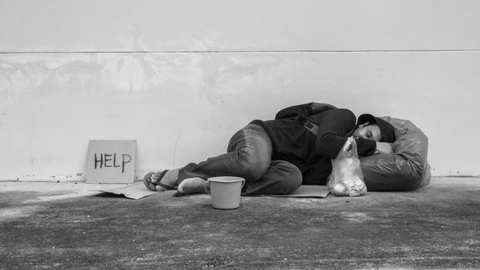
The Center for Disease Control (CDC) has published its ‘Interim Guidance for Responding to Coronavirus Disease 2019 (COVID-19) among People Experiencing Un-sheltered Homelessness.’ It is intended to provide key actions that local and state health departments, homelessness service systems, housing authorities, emergency planners, healthcare facilities, and homeless outreach services can take to protect people experiencing homelessness from the spread of COVID-19.
The guidance emphasizes the need for clear coordination and communication between all stakeholders:
- Homeless outreach teams and public health outreach workers need to be prepared to protect themselves and their clients, provide health education information, and help direct their clients to care as necessary;
- State and local health departments, homelessness service systems, housing authorities, and emergency planners will need to identify where people without housing can be isolated and receive care if they are suspected to have COVID-19, are awaiting COVID-19 testing results, or are confirmed to be positive COVID-19 cases;
- Hospitals and healthcare facilities should ensure that they are involved in planning the logistics for safely discharging COVID-19 patients if they do not require hospitalization but lack housing;
- Law enforcement should be apprised of plans related to protecting people experiencing un-sheltered homelessness from COVID-19 in order to best work in coordination with homelessness service systems and state and local health departments; and,
- Consider developing an advisory board with representation from people experiencing homelessness to ensure plans are communicated throughout the community.
The CDC strongly recommends against clearing homeless encampments during community spread of COVID-19 as this could cause people to disperse throughout the community increasing the potential for spreading the disease. People staying in encampments should be advised to set up their tents/sleeping quarters with at least 12 feet x 12 feet (~3.5 meters x 3.5 meters) of space per individual. Restroom facilities should have functional water taps, be stocked with hand hygiene materials and bath tissue, and remain open to people experiencing homelessness 24 hours per day. If unavailable, portable latrines with handwashing facilities should be installed for encampments of more than 10 people.